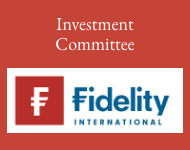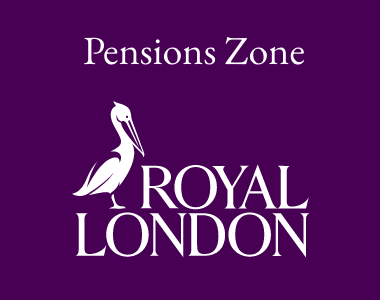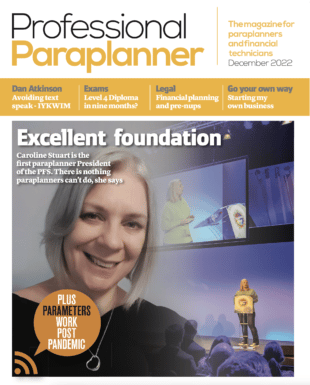In addition, the six TCF outcomes apply:
- Outcome 1: Consumers can be confident they are dealing with firms where the fair treatment of customers is central to the corporate culture.
- Outcome 2: Products and services marketed and sold in the retail market are designed to meet the needs of identified consumer groups and are targeted accordingly.
- Outcome 3: Consumers are provided with clear information and are kept appropriately informed before, during and after the point of sale.
- Outcome 4: Where consumers receive advice, the advice is suitable and takes account of their circumstances.
- Outcome 5: Consumers are provided with products that perform as firms have led them to expect, and the associated service is of an acceptable standard and as they have been led to expect.
- Outcome 6: Consumers do not face unreasonable post-sale barriers imposed by firms to change product, switch provider, submit a claim or make a complaint.
The FCA’s intention in proposing the guidance is to clarify what firms should do to ensure that vulnerable customers are treated fairly, and consistently across financial services sectors.
They want to see firms doing the right thing for vulnerable consumers and embedding this in their culture so that treating vulnerable consumers becomes the responsibility of all staff.
Firms will be expected to produce and regularly review management information, appropriate to the nature of its business.
Our view and recommended actions
For the moment, there are no specific new rules or procedures anticipated but that could change following feedback and there could be GDPR/Data Protection considerations when dealing with vulnerable consumers.
In the meantime, we suggest creating an awareness of the firm’s obligations to vulnerable consumers.
Compliance with the guidance could well require modification of some of the firm’s processes and procedures so that there are prompts for staff to easily identify and record a vulnerability.
As an example: a vulnerability could be picked up in conversation while making an appointment for a customer wishing to review her/his finances because of impending divorce. The adviser would consider whether the client will need more time to make decisions or would want to be accompanied by friend or family member at meetings.
As an example: an adviser may notice a client squinting to read information, they should check more seriously visually impaired. This client could be asked what would help … perhaps using a larger font in any correspondence.
Of course, not all vulnerable clients will necessitate a different to normal approach. What is important is that the firm considers it and records their view.
Page: 1 2



































